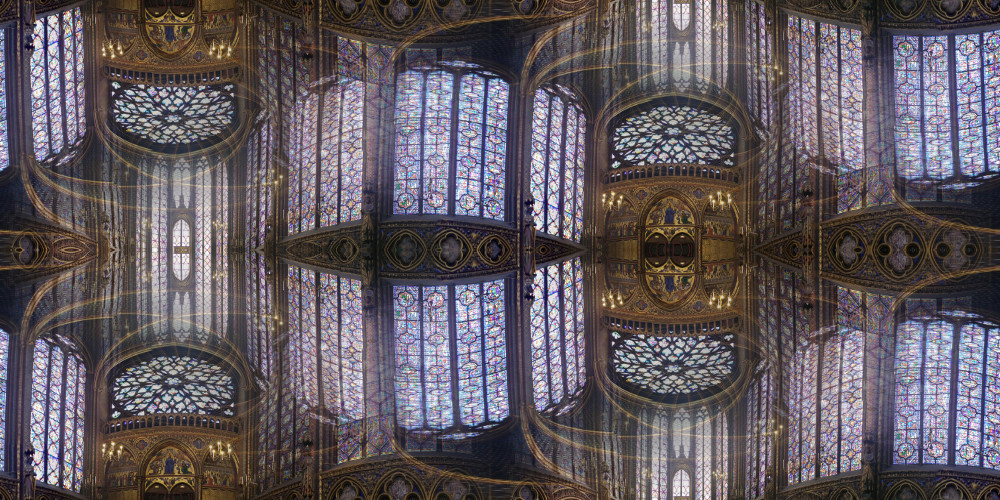
History of Stained Glass

Stained glass or colored glass has been around since ancient
times. The oldest example of colored glass is from around 2700
BC in ancient Egypt. This glass began to be used in windows in
the homes of wealthy Romans during the first century AD.
Later, in the 7th century, the first instance of a window
containing multiple pieces of colored glass was found in
England. Colored glass windows continued to become more
complex, and by the 10th century, what we think of as stained
glass windows began to appear. Stained glass windows are still
used today, though the look and style continues to change
based on popular art trends.
While the ability to create colored glass has been around for
centuries, the science behind how the different colors form is
a more recent discovery. The scientific process behind colored
glass not only helps artists create new materials, but has
also helped scientists create ways to harness solar energy,
create new medical treatments, and more!
Science of Stained Glass

Stained glass is not painted, but actually changes color
through the addition of tiny pieces of metal. Clear glass is
made by heating sand until it becomes a liquid. Once melted,
the liquid sand can be poured into molds to create flat sheets
for use as windows. The color is created from tiny pieces of
metal that become trapped as the glass cools.
For example, colored glass can be created with tiny gold and
silver particles. These particles are called nanoscale,
meaning they are very small, approximately 100,000 times
smaller than the width of a piece of human hair.
When the particles are this small, they appear as colors you
might not expect. Gold has a yellow color, but round gold
nanoscale particles appear red. Round silver particles with
nanoscale sizes have a yellow color.
The color of metal particles depends on particle size,
particle shape, what it’s made of, and their environment. Tiny
gold and silver particles can be nearly any color of the
rainbow!
Explore these properties by “coloring” a virtual stained glass
image. The properties of many materials depend on their
particle size. New properties are found when particles are
nanoscale. Scientists and engineers are studying these
properties to find new materials that address needs related to
solar energy, medicine, national security, and more.
Acknowledgements
Concept and project design
Dr. Sara Skrabalak and Joseph Burkhart at Indiana University – Bloomington, Department of Chemistry, with support from the U.S. National Science Foundation (CHE-1602476 and CHE-1904499)
User interface
Eddie Wu and David Reagan of Indiana University’s Advanced Visualization Laboratory with support of a Bepko Internship
Stained glass design
Laura J. Brown
Educational consultants
Jared Katz and Sarah Wells at WonderLab Museum of Science, Health & Technology, Bloomington, IN